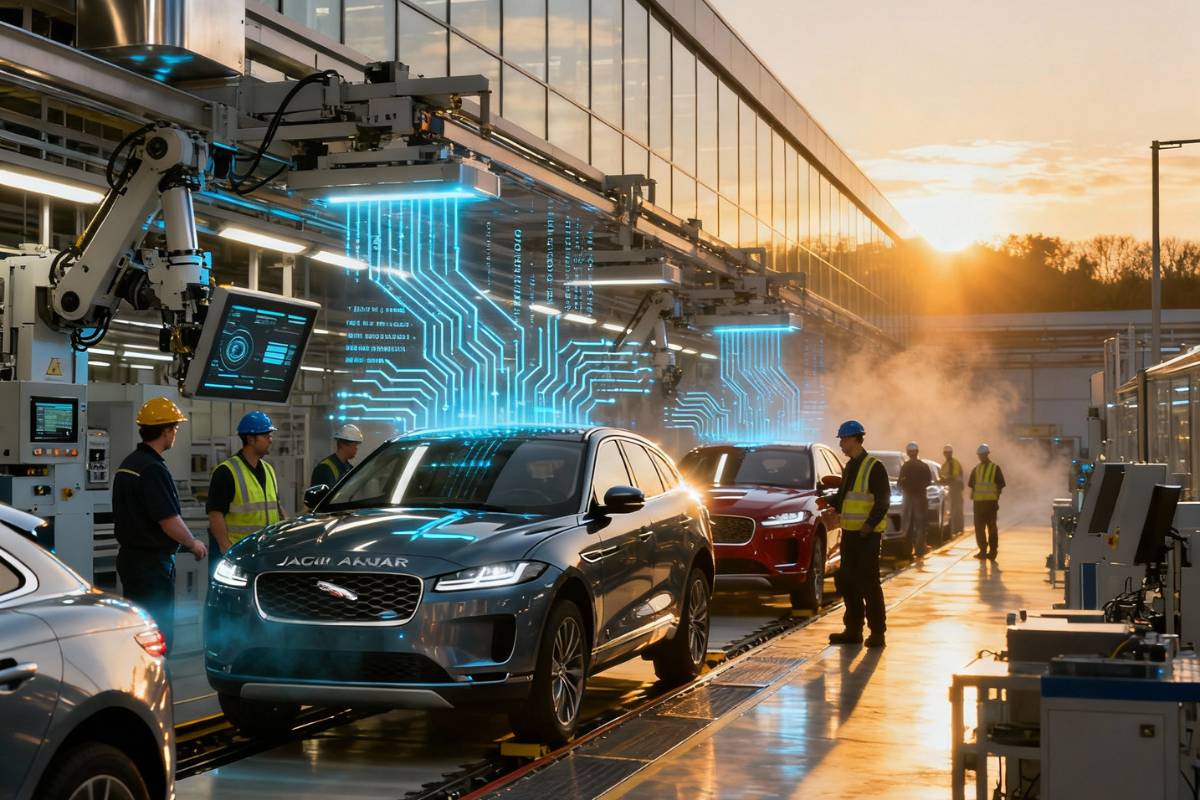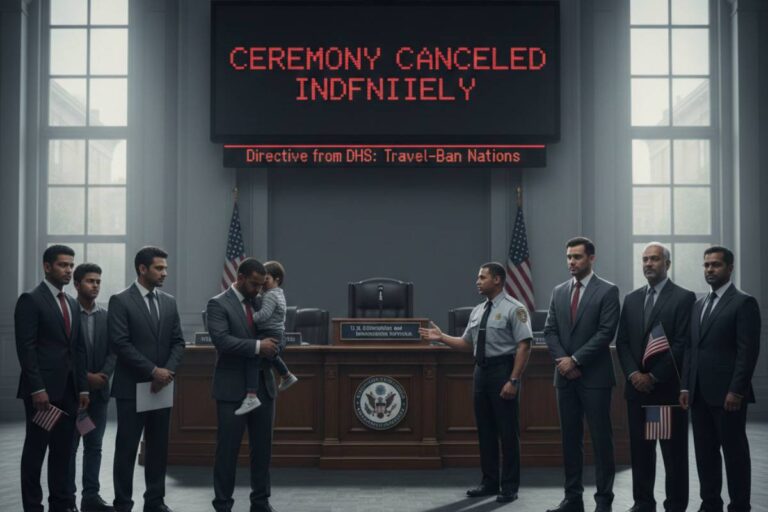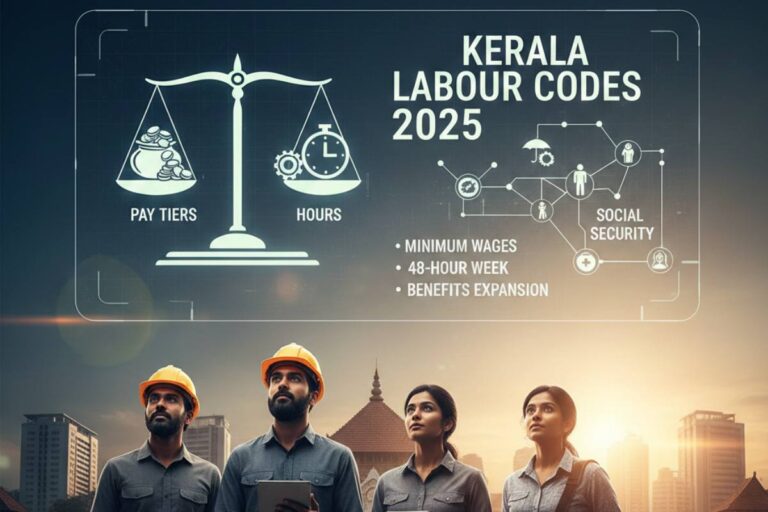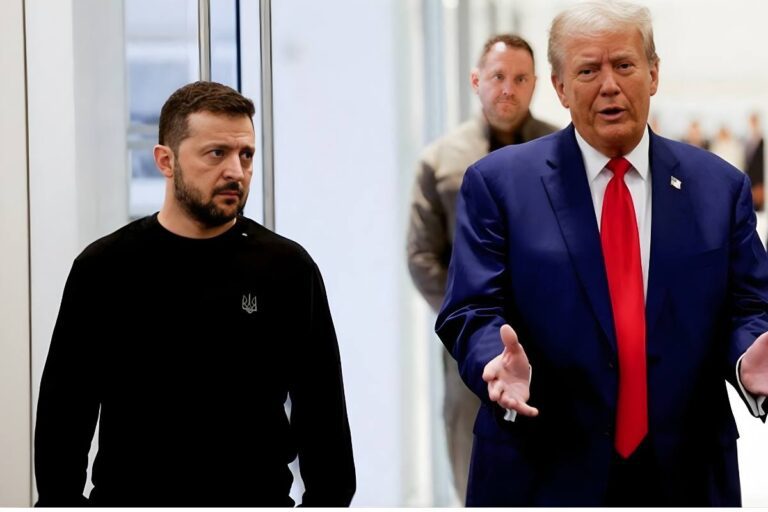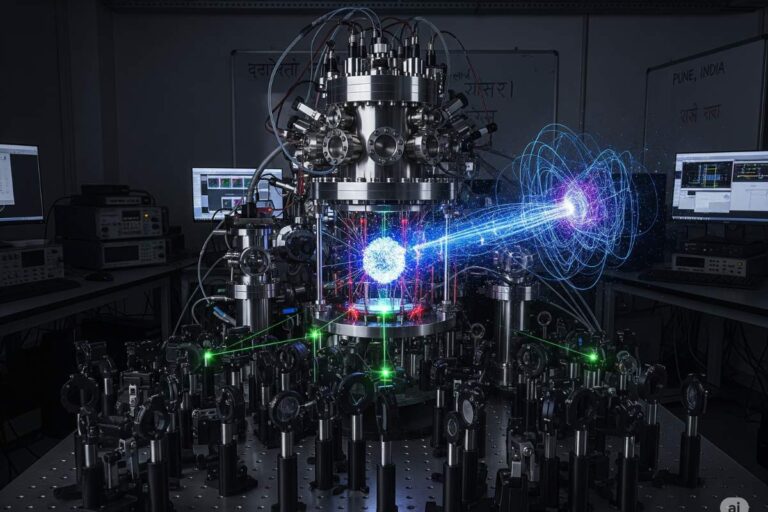The hum is coming back. Jaguar Land Rover (JLR) is slowly getting its production lines back up and running after more than a month of eerie silence on its huge UK factory floors. The company said that its manufacturing operations would start up again in stages on Wednesday. This is a big step toward recovering from a cyberattack that brought Britain’s largest carmaker to a halt in early September.
But this isn’t as easy as flipping a switch. It’s a complicated and fragile process. One that shows how weak modern manufacturing really is and how fragile the supply chain is right now, when it is still feeling the effects of the financial crisis. JLR is just starting to get back to full production, and for thousands of workers and hundreds of suppliers, the stakes couldn’t be higher.
The Long Silence: A Month of Deep Disruption
It all came to a stop so quickly. The first sign of trouble was a possible system breach at the Halewood factory on August 31. JLR had to make the hard but necessary choice to shut down its entire IT network within 24 hours. This stopped all work at its three main UK locations in Solihull, Wolverhampton, and Halewood.
What came next was five weeks of almost complete paralysis. Production lines that usually make some of the most famous luxury cars in the world have stopped. The disruption had a direct effect on the company’s 30,000 UK employees and sent a shockwave through its supplier network, which employs about 100,000 more people. There was a lot of uncertainty for weeks, and the first pause was extended as the company dealt with the effects of the hack. It was a strong reminder of how quickly a digital threat can stop the real world.
A Careful Return: JLR’s Plan to Restart in Phases
The company finally gave everyone the news they had been waiting for on Tuesday. The restart will start on October 8 and will be slow and steady, with the goal of getting the basic parts of the manufacturing ecosystem online first.
- The First Steps: The Electric Propulsion Manufacturing Centre in Wolverhampton and the Battery Assembly Centre at Hams Hall are where the comeback starts. These are like the heart and lungs; they make the engines and battery packs that cars need.
- Body and Paint: At the same time, workers will go back to stamping in Castle Bromwich, Halewood, and Solihull. These places press the metal panels that make up the body of the car. Key areas like the Solihull body shop and paint shop will also open again to get skeletons ready for assembly.
- Vehicle Assembly: The activity will get worse later in the week. The assembly lines in Nitra, Slovakia, are about to start up again, as are the important production lines for the very profitable Range Rover and Range Rover Sport models in Solihull.
The picture isn’t completely clear, though. There is still no clear timeline for when the Halewood plant, a key site, will be fully operational again, leaving the recovery process in doubt. Experts are warning that it could take a few weeks for production to really get back to normal after the attack.
Adrian Mardell, the CEO of JLR, said that the road ahead would be long, but he stressed how important this moment was. “This week is a big deal for JLR and all of our stakeholders because we are starting up our manufacturing again,” he said. “We know there is a lot more to do, but our recovery is well underway.”
The Ripple Effect: A Supply Chain on the Edge
The activity at JLR’s plants is good news, but it doesn’t make up for the damage done to its huge network of suppliers. Many of these businesses, some of which only work with JLR, have seen their income disappear overnight for more than a month. But their own costs, like rent, energy, and payroll, didn’t stop.
The money problems have been huge, making some people fire staff and pushing others to the brink of collapse. This is a harsh example of how weak the “just-in-time” manufacturing model is. The whole system starts to fail when the main artery is clamped shut. This isn’t just a problem for businesses; it’s a crisis for thousands of families and small businesses that make up the UK’s advanced manufacturing sector.
JLR’s Lifeline: A Financial Intervention
JLR has done more than just talk about this. The company also announced a new, short-term financing plan to help its struggling Tier 1 suppliers stay in business. It’s a brave step.
In the past, suppliers might have had to wait 60 days or more after delivery to get paid. But with this new deal, most of the money is paid up front right after an order is placed. This could speed up cash flow by as much as 120 days, which would give a company that is struggling a huge boost in liquidity.
JLR is paying for the project with its own money and credit from a commercial bank. It will not be getting any help from the government. “Our suppliers are very important to our success,” said CEO Adrian Mardell. “Today we are starting a new financing plan that will let us pay our suppliers early.” The goal is for this support to flow down the chain, with these main suppliers being urged to pay their smaller partners more quickly.
A Government Safety Net and Anger in the Industry
The government has also helped by backing a £1.5 billion loan guarantee for JLR, which gave suppliers some peace of mind that they would eventually get paid. But for some, the response from Westminster has been too slow and not good enough.
David Roberts of the Evtec Group, a well-known contractor, said it straight out. He told the BBC that he went straight to the government to ask for help for the whole sector. “They heard, but did nothing,” he said. “It looks like they haven’t taken into account the needs of advanced manufacturing.” His words show how frustrated the industry is. They feel that while a big company like JLR gets a safety net, the smaller but important companies were left unprotected for too long.
The Customer in the Dark: A Story from Los Angeles
The mess hasn’t just been on factory floors and in balance sheets. It has reached people all over the world. For example, Jordan Navarro, a customer in Los Angeles, ordered a new Land Rover Defender in August.
On August 15, he got a message saying that his car had been put together and was ready to be shipped. And then… nothing happened. There were no updates in September. He finally got the truth after weeks of calling his dealer. Navarro said, “It wasn’t until a week ago that my dealer finally told me they didn’t know where my car was. I’ve just been left in the dark.”
His story is a small example of how the attack hurt the brand and made things hard to manage. A lot of people are in the same situation as these customers: they’re waiting for cars they’ve ordered and paid deposits for. This is a frustrating result of a crime that can’t be seen.
The Unseen Enemy: The Rising Cost of Cybercrime
In the end, JLR’s problems are a warning for all manufacturers around the world. It makes it very clear that firewalls and digital defenses are just as important as the factory’s physical walls. The word “crippling” fits the attack perfectly.
This event has shown how risky it is for supply chains that are very connected and rely on just-in-time delivery. One breach can set off a chain reaction that costs billions of dollars and puts tens of thousands of jobs at risk. It makes us ask a very important question: Can the industry handle these new threats? As JLR starts the difficult process of rebuilding, not only will its competitors be watching closely, but so will governments and businesses all over the world, all of whom want to learn from this expensive mistake.








